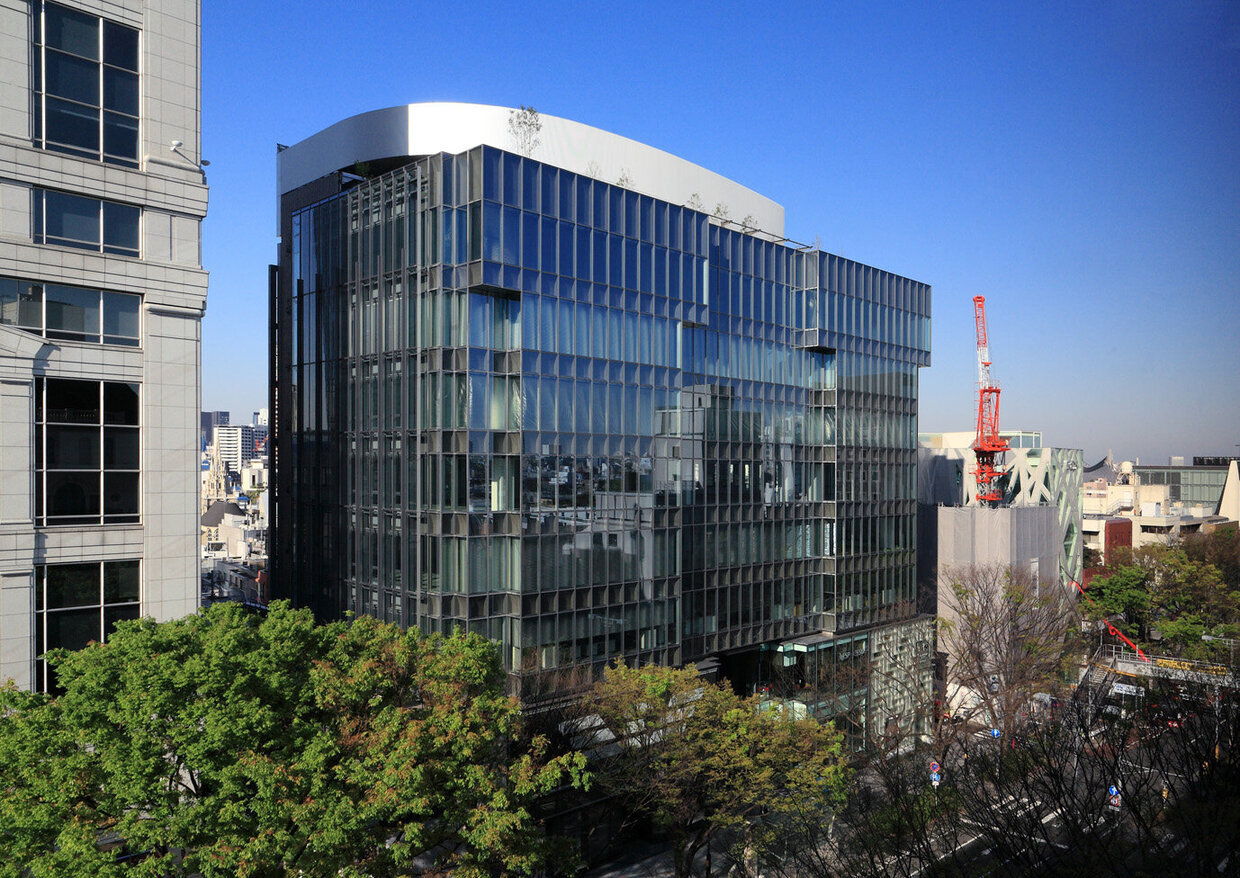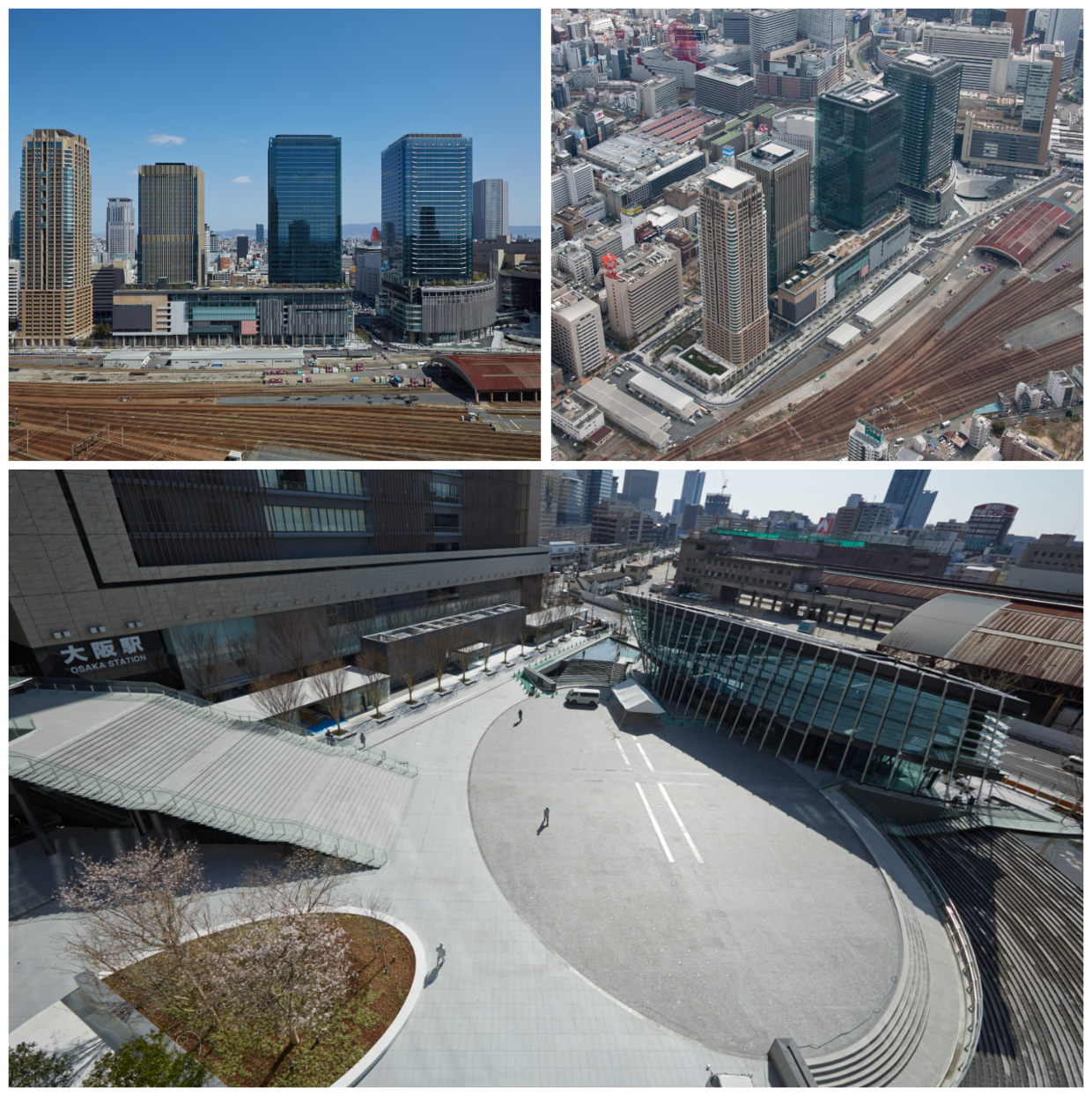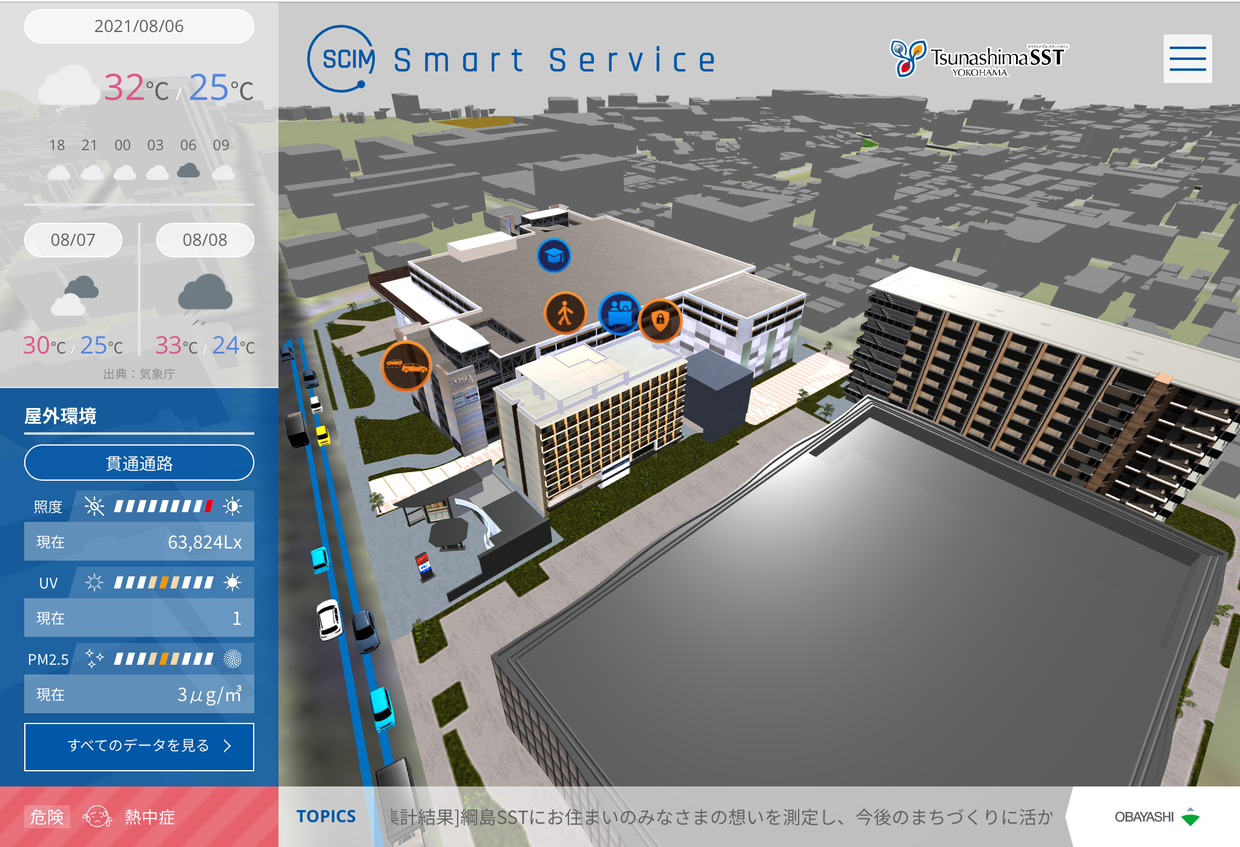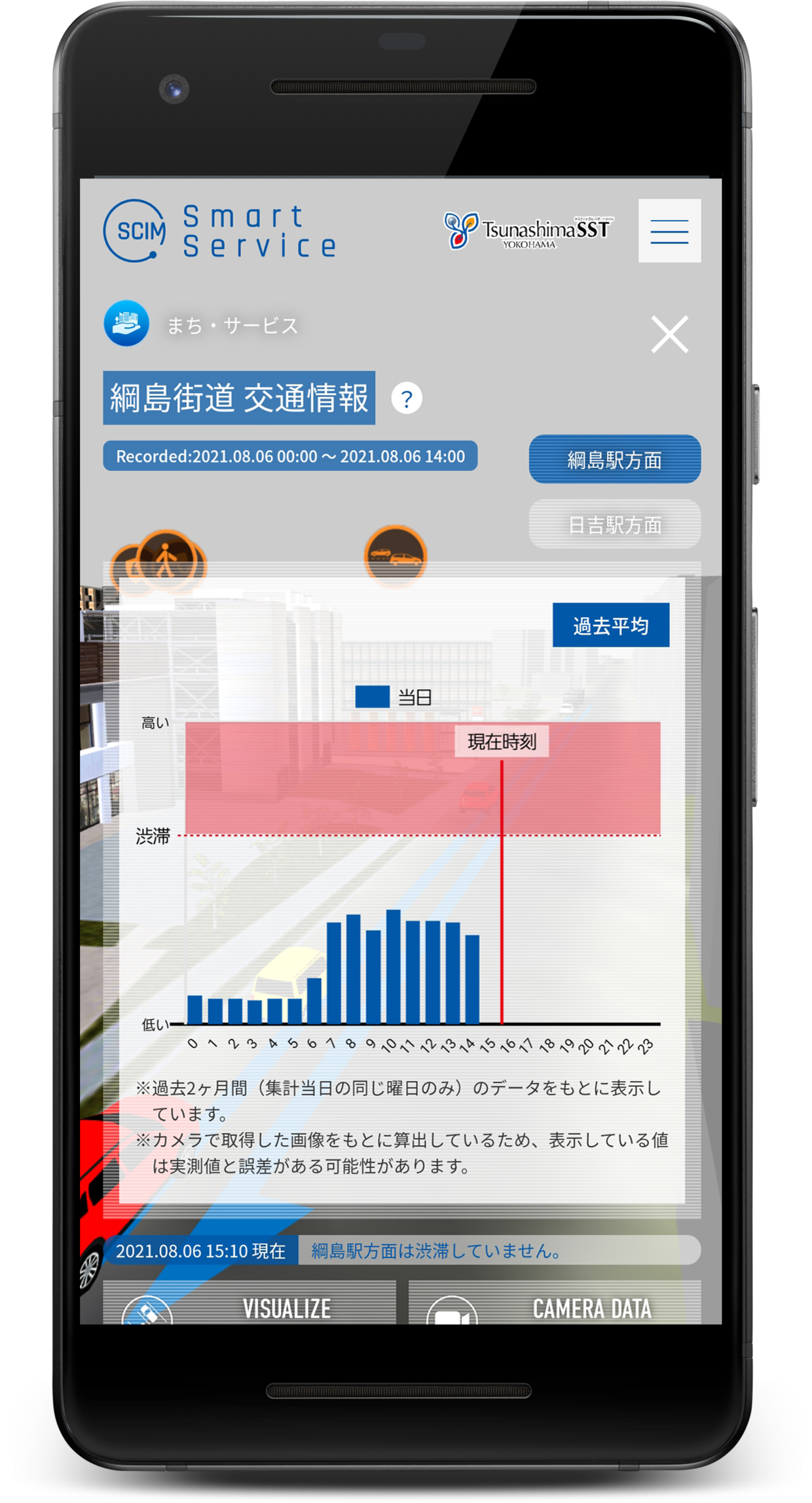Strengthening Earnings Capacity (3) Real Estate Development Business
Launch of Obayashi-Shinseiwa Real Estate and Expansion of the Leasing Business
The real estate leasing business was considered a relatively stable earnings base among the real estate development businesses, although business fluctuated somewhat according to rent levels and vacancy rates depending on real estate market conditions. To expand the real estate business, the company acquired shares of Seiwa Real Estate Co., Ltd. and made it a wholly owned subsidiary in June 2011. Obayashi Corporation, Obayashi Real Estate Corporation, and Seiwa Real Estate worked collectively to share and coordinate information on land and tenants and leveraged the expertise of the three companies to maximize benefits. Renovations, “value creation” strategies, reconstruction, and new investment in existing rental buildings were promoted with the aim of expanding the Group’s overall real estate earnings.
The Great East Japan Earthquake awakened tenants to disaster preparedness, energy saving, and business continuity plans (BCP). The company has provided highly functional offices and fulfilled the sophisticated needs of tenants, combining the company’s real estate business with its cutting-edge construction technologies that the company has developed over the years, mainly in the fields of earthquake resistance, energy saving, and the environment.
A notable example of such constructions is oak omotesando, which opened in April 2013. The project entailed the rebuilding of the former Aoyama Obayashi Building known to many people as the Hanae Mori Building. The company provided integrated construction management using BIM from the planning and design stages to completion. The building is equipped with “Clean-Crete” low-carbon concrete, “Slim-Crete” ultra-high-strength fiber-reinforced concrete, a hula mass-damper system, an “O-GRID” energy-saving system ceiling, water-retaining cooling louvers that improve the indoor and outdoor thermal environment, and rooftop greening that nurtures biodiversity (certified by the Japan Habitat Evaluation and Certification Program [JHEP]). By applying the most advanced environmental and construction technologies, the building has been reborn into a high-quality building with a safe and secure office environment and superior commercial space that is disaster-resistant and environmentally friendly.
The project not only contributed to improved profitability owing to the building’s excellent location in Omotesando in Tokyo, but was also an achievement in rebuilding with the aim of creating a stable real estate revenue business in the future. The experience and know-how gained from the rebuilding project, such as leasing methods for commercial tenants and building a network of brokers, was utilized in subsequent developments and the leasing business.
In October 2014, Obayashi Real Estate and Seiwa Real Estate merged in order to pursue a flexible business and started anew as Obayashi-Shinseiwa Real Estate Corporation.
The two companies have consolidated their respective strengths into a single entity, maximizing the know-how and brand power of the Obayashi Group and promoting further expansion of earnings by increasing business efficiency, thereby improving its overall capacity as a real estate company.

Redevelopment Business: Creating Environmentally Friendly, Safe, and Secure Urban Areas
In the real estate development business, the company participates in numerous large-scale development projects in cooperation with the Building Construction Department. Through its participation, the company helps make cities more internationally competitive and revitalize communities. At the same time, the projects make intensive land use and pursue integrated regeneration of urban blocks, improving the disaster preparedness of cities and establishing urban infrastructure for preparedness against large-scale disasters. The company contributes to creating attractive communities that are safe and secure while also environmentally friendly.
Grand Front Osaka, a private-sector urban revitalization complex located in the “advanced development zone” in Umekita north of JR Osaka Station was opened in April 2013.
The facility was chosen for “The Leading Project for Promoting CO2 Reduction in Housing and Building” of the Ministry of Land, Infrastructure, Transport and Tourism. In addition to creating a network of water and greenery across several blocks, the facility is equipped with cutting-edge environmentally friendly technologies, including a natural ventilation system and solar power generation.
Obayashi Corporation participated in the project as a real estate developer, architect, and contractor. Grand Front Osaka, which has made a good start toward the realization of a “bustling and vibrant city,” has become a new popular spot in the lively Kansai area.

Visualizing Smart Cities—SCIM Platform Creation
In 2012, the company developed Smart City Information Modeling (SCIM) that takes Building Information Modeling (BIM) one step further. SCIM’s unique technology can be used to create 3D models of an entire city, and it offers a platform for smart city development. It makes full use of BIM’s 3D data to create a detailed digital twin of an entire city.
Yokohama’s smart city, Tsunashima Sustainable Smart Town (Tsunashima SST), opened on March 26, 2018. This new hub is where the surrounding community, industry, government, and academia have collaborated with one another in an effort to achieve the Sustainable Development Goals (SDGs) and create innovation.
All types of information on Tsunashima SST are rendered visible on SCIM.
All types of information about the city are displayed visually.
Tsunashima SST uses data from multiple environmental sensors and cameras set up in the city to provide real-time, current information regarding specific locations, such as the amount of traffic in common corridors, the risk of heat stroke, the gender and age of people passing by, and the congestion of surrounding roads.
A smartphone-compatible SCIM website was launched in 2020. With the addition of push notifications, users can obtain timely information on road congestion, the risk of heat stroke, and other data.
SCIM gathers data from government, energy providers, clients, design firms, and construction companies, among other stakeholders, to provide a variety of services for the creation of a sustainable smart city in each phase of urban development, from planning and construction to operation and renewal.

